Living for a week at most, the Madagascan moon moth has a lot to accomplish in its short life.
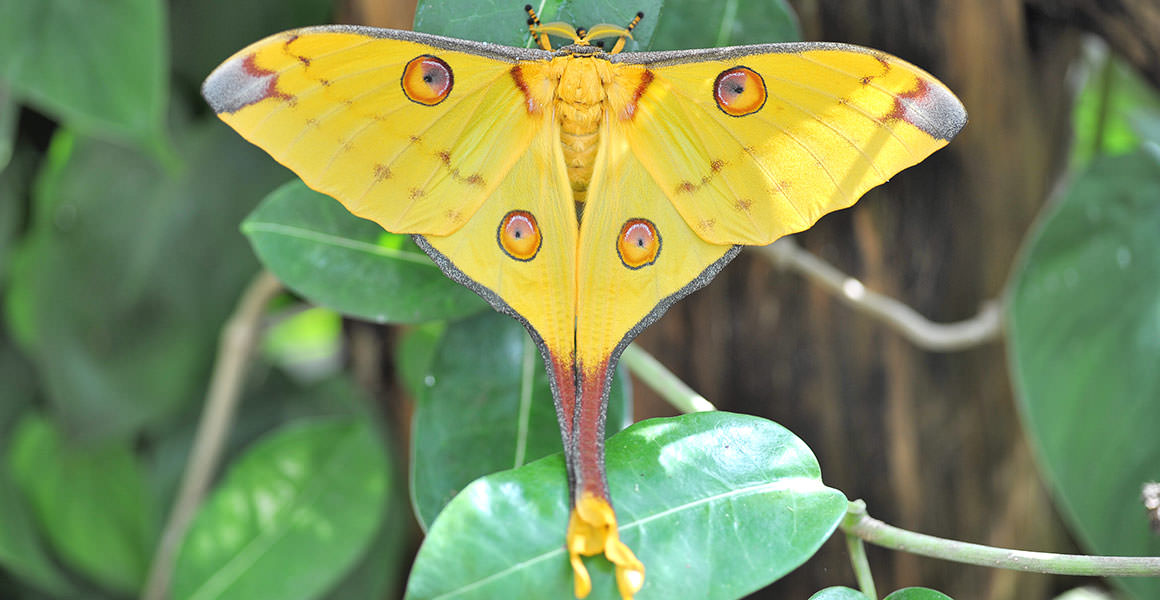
The Madagascan moon moth, Argema mittrei © Serguei Koultchitskii/Shutterstock.com
Unusual cocoons
The Madagascan moon moth (Argema mittrei) begins life as a caterpillar, hatching from one of 100 to 150 eggs, although many of its siblings will not make it to adulthood.
The caterpillar, along with most others in the Saturniidae family, spins a silk cocoon. This is where it then spends its time as a pupa, the stage of development before the moth becomes an adult.
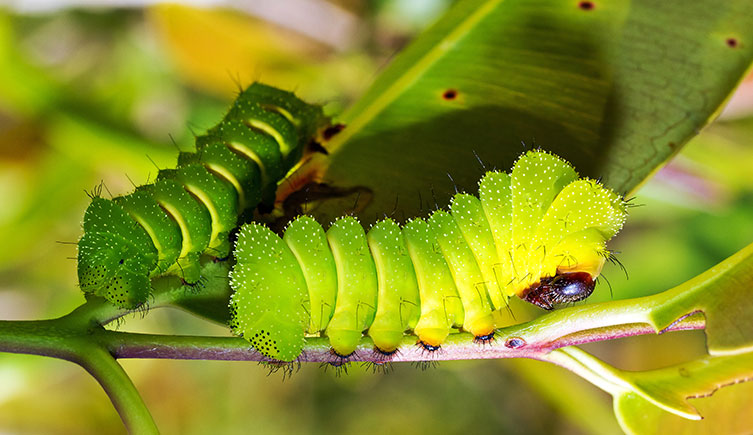
Madagascan moon moth caterpillars feed on plants before they pupate © Dennis van de Water/Shutterstock.com
The silvery, sac-shaped cocoon of the Madagascan moon moth has many holes on the surface and fits loosely around the pupating insect.
Lepidoptera Curator Alessandro Giusti explains, 'It could be that the holes in the cocoon are very helpful in tropical areas, because when it rains, the water is let straight through, preventing the pupa from drowning.
'However, bear in mind that cocoons come in many different shapes and textures - almost as many as the number of species whose caterpillars construct cocoons - and in many cases we simply don't know why they are built a certain way.'
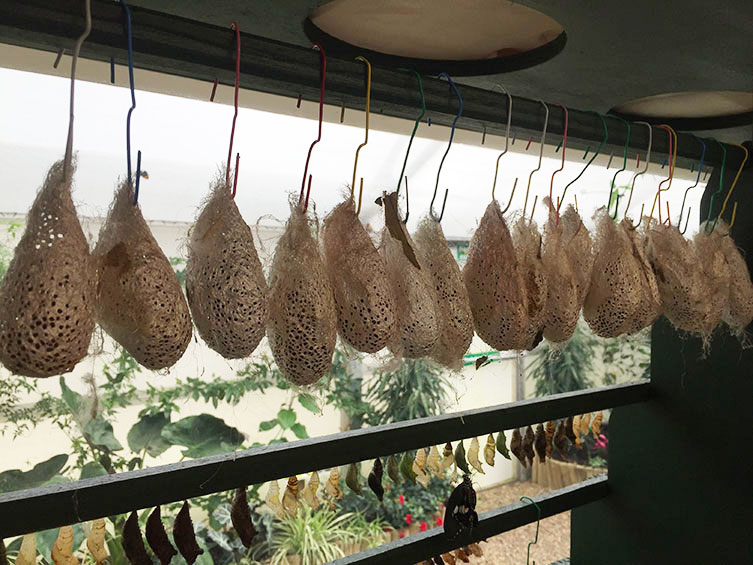
Madagascan moon moth cocoons hanging in the puparium at the Museum's Sensational Butterflies exhibition
Race against time
When the moths emerge from their cocoons as adults, they no longer feed on plants to survive.
Although they have both a mouth and a gut, neither functions. As they have no way to take in energy, the moths only live for six to eight days. It's a race against time as they try to find a mate and reproduce.
'The female doesn't do much,' says Alessandro. 'Often, one finds them near or even sitting for days on the cocoon that she emerged from, just waiting.'
It is up to the male to find a mate. Though proportionally smaller than the female, its antennae are larger and more feathery.
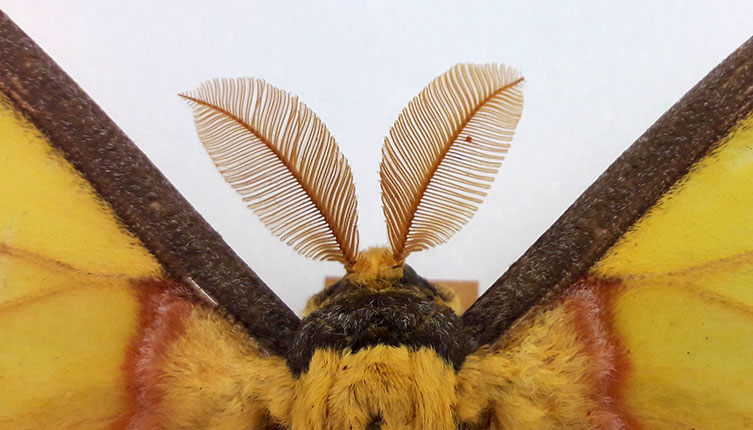
The feathery antennae of male Madagascan moon moths are very good at detecting females
Alessandro says, 'The male's antennae surface area is increased by the larger feathery plumes that catch molecules of the female's pheromone, making it easier to locate her.
'They work very well, and the males can sense females from miles and miles away.'
Spinning tails
One aspect that makes the Madagascan moon moth so striking is its long, red and yellow tails, believed to be used in defence against attackers.
Alessandro says, 'Some studies have shown that the tails are good at diverting the attacks of bats.
'It seems that spinning tails behind a flying moth interfere with a bat's echolocation and help lure bat attacks to these elongated parts of the hindwings.
'The bat will attack the tails rather than more vulnerable parts of the body.'
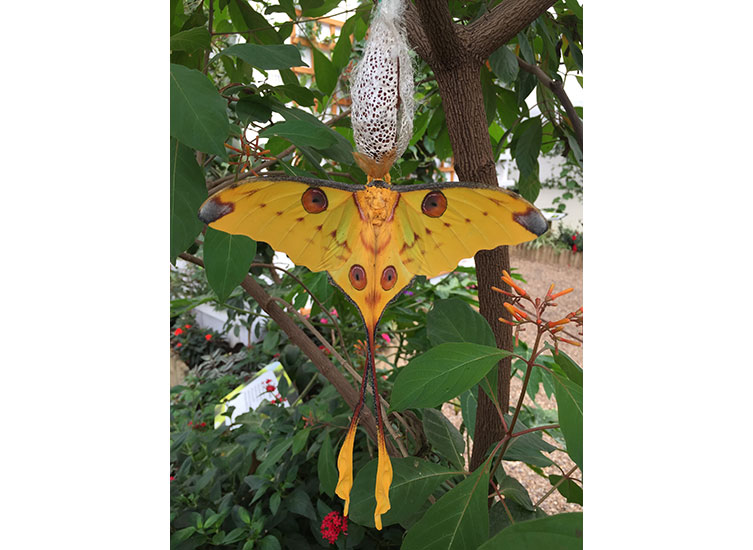
A Madagascan moon moth in the Museum's butterfly house, beneath the cocoon it has recently emerged from
Because the moths are a night-flying insect, questions have been raised as to why they are such vibrant shades of red and yellow.
Alessandro explains, 'Usually, their colours and intricate patterns help camouflage them during the day.
'You see some specimens and they can look very conspicuous when pinned with wings spread in a drawer. But out in the wild, perched in its natural position against an optimal background, you could probably pass by a live moth, even a large one, 10 times without spotting it.'
What's in a name?
Similarly to many other species of saturniids, the Madagascan moon moth has eyespots on its wings.
From these, the moth receives its genus name Argema, meaning 'speckled eye' in Greek. These eyespots are off-putting to predators, making them think that the moth is really a larger, more dangerous creature that shouldn't be attacked.
Although they are commonly called Madagascan moon moths, they are also often referred to as comet moths, alluding to their long tails.
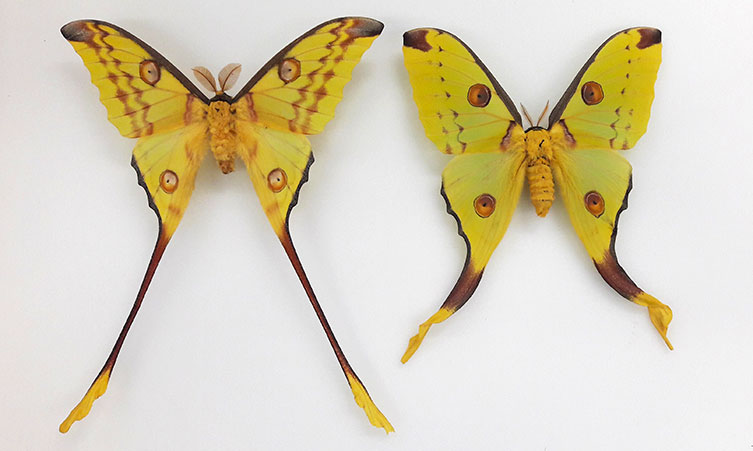
Male Madagascan moon moths have longer and slimmer tails than females, as these specimens from the Museum's Lepidoptera collection show
Dwindling numbers
Around one million insect species have been described so far in the world. However, apart from a few details about their morphology and part of their distribution, we know little about most of them.
'There are so many species of insect in the world, but only a small percentage of them have been studied in detail,' says Alessandro.
Studying and protecting species is crucial to learning more about the species we share our planet with, especially in areas that are experiencing habitat loss.
Deforestation is causing the Madagascan moon moth to decline in its natural environment of Madagascar. This destruction has now ravaged more than 90% of the island nation's forests.
More than 80% of Madagascan species are endemic, meaning they live nowhere else in the world. So if their habitat is completely destroyed, they are likely to disappear from Earth altogether.
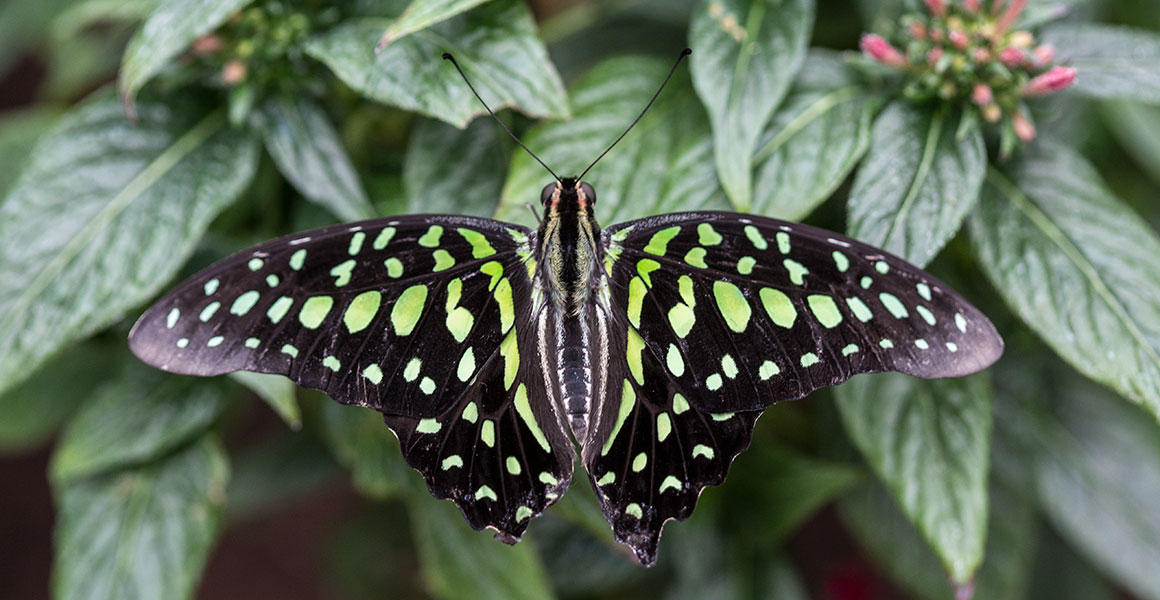

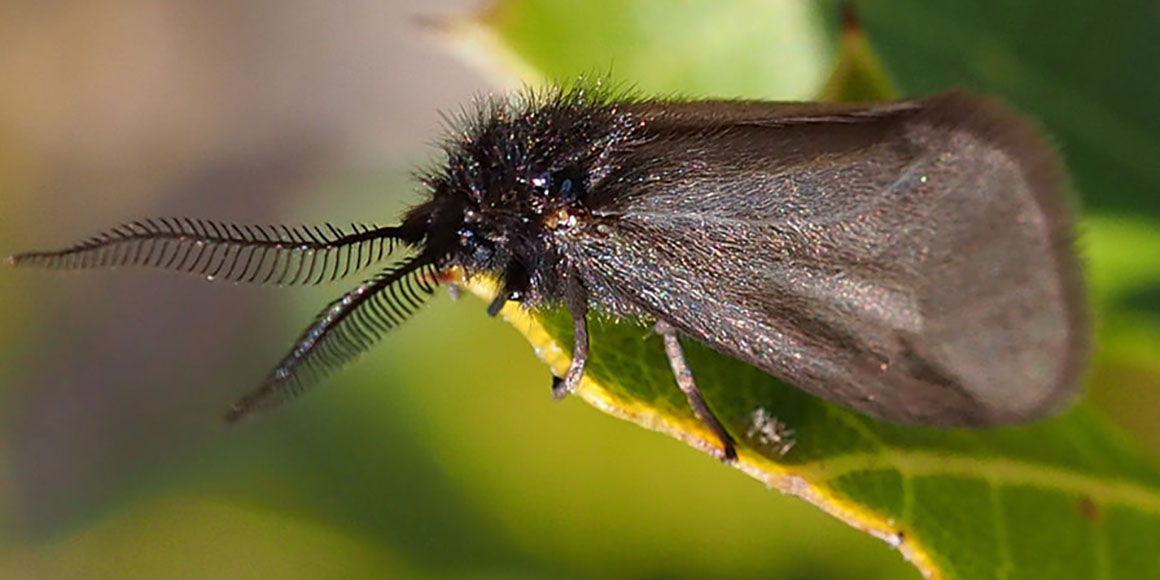
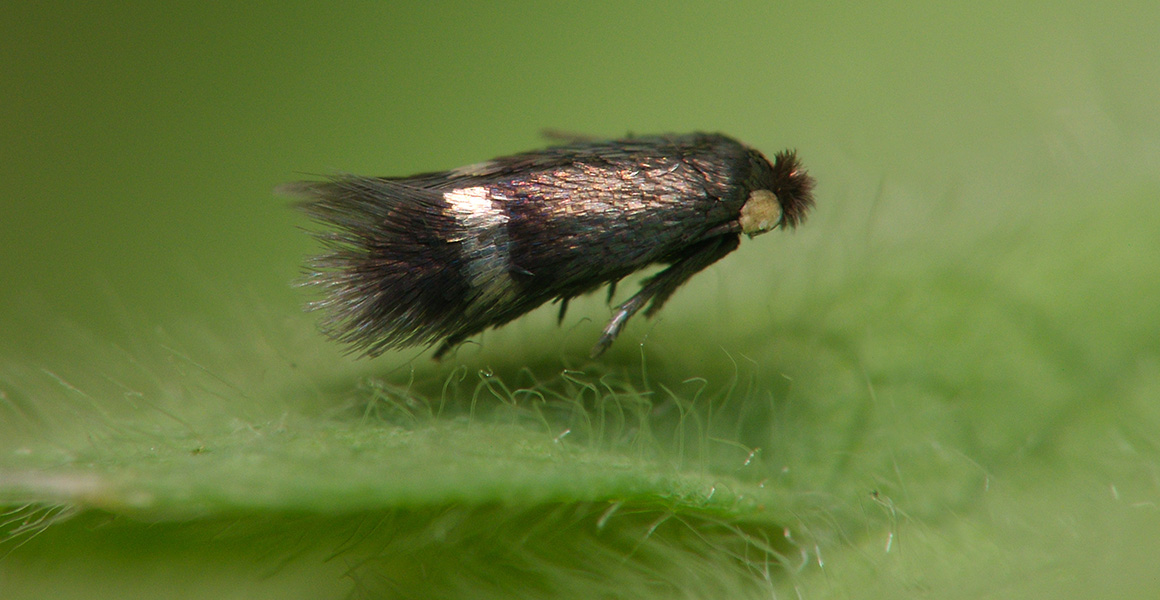
Don't miss a thing
Receive email updates about our news, science, exhibitions, events, products, services and fundraising activities. We may occasionally include third-party content from our corporate partners and other museums. We will not share your personal details with these third parties. You must be over the age of 13. Privacy notice.
Follow us on social media